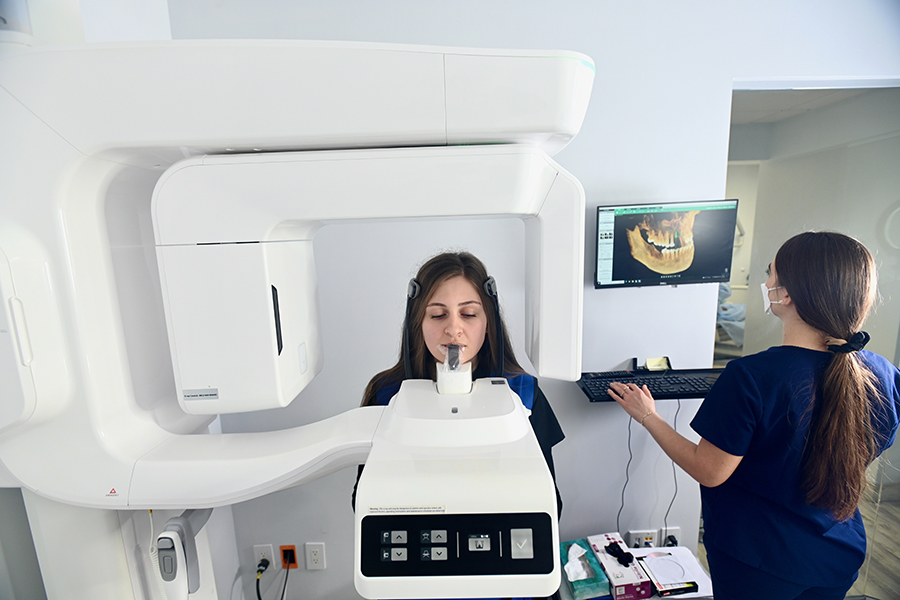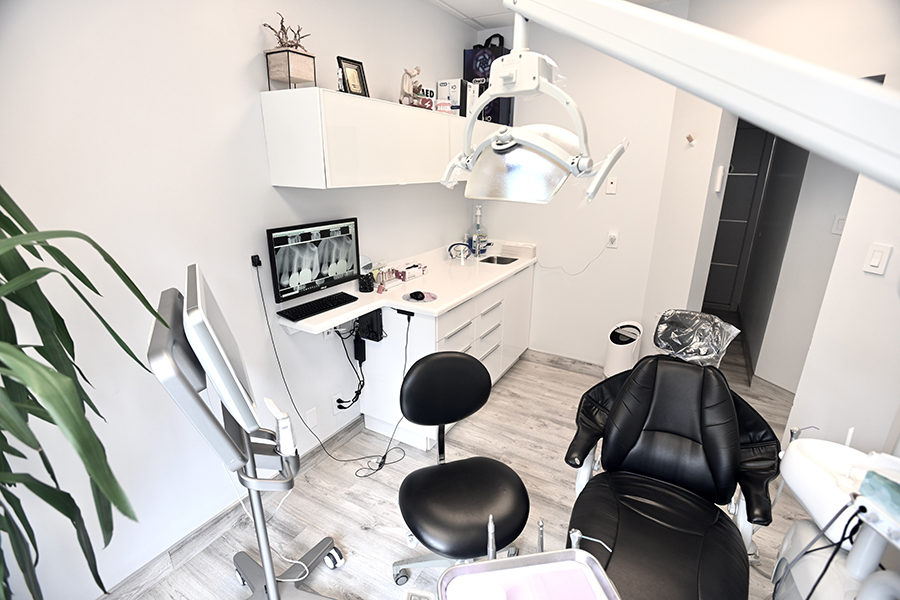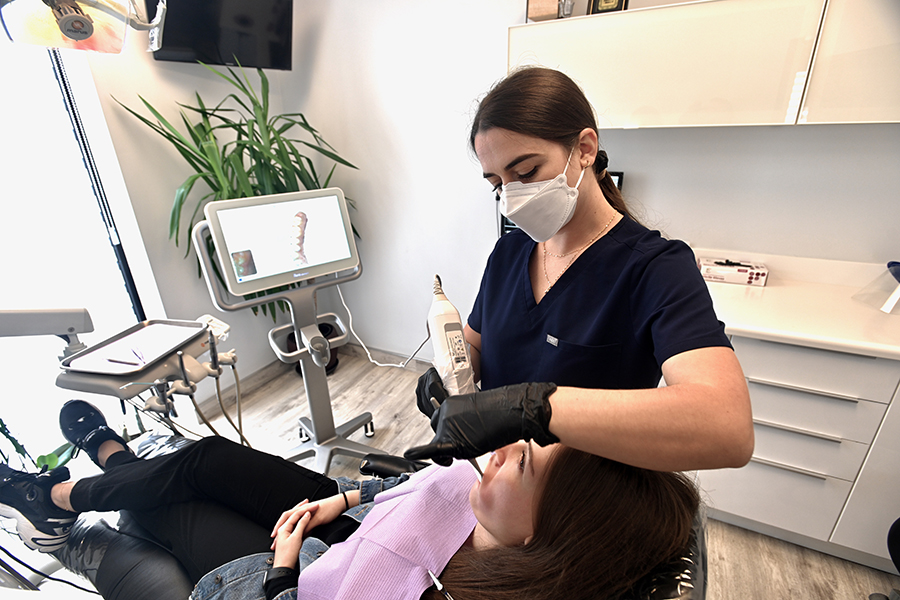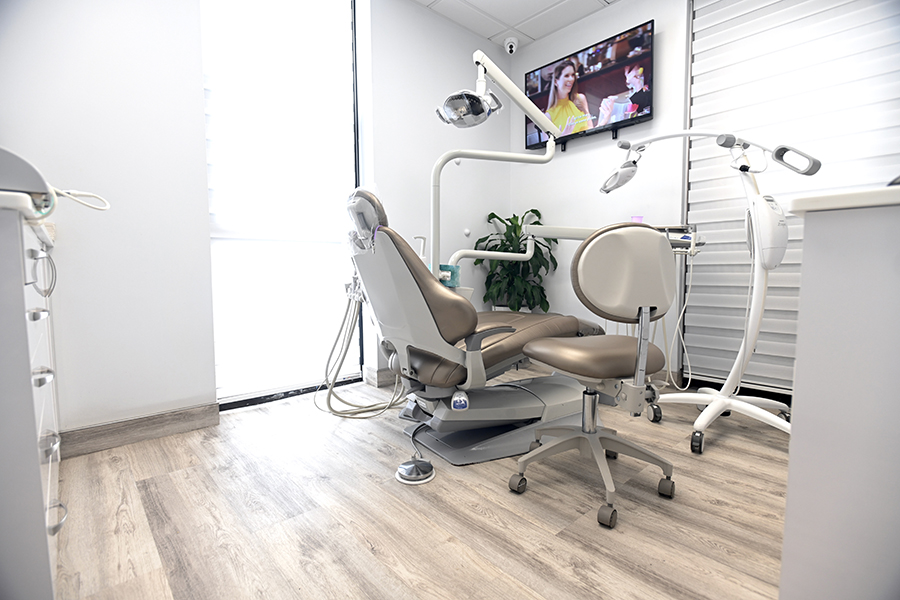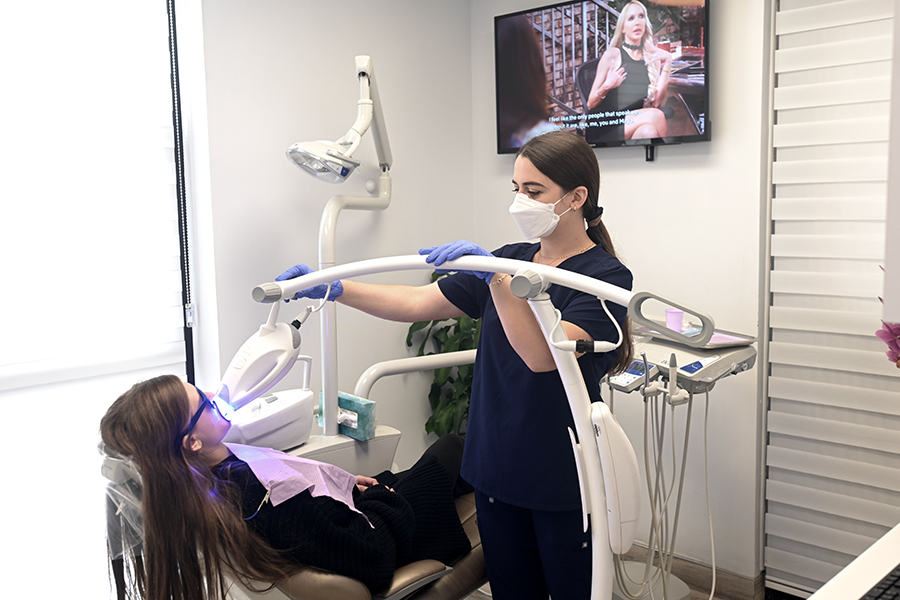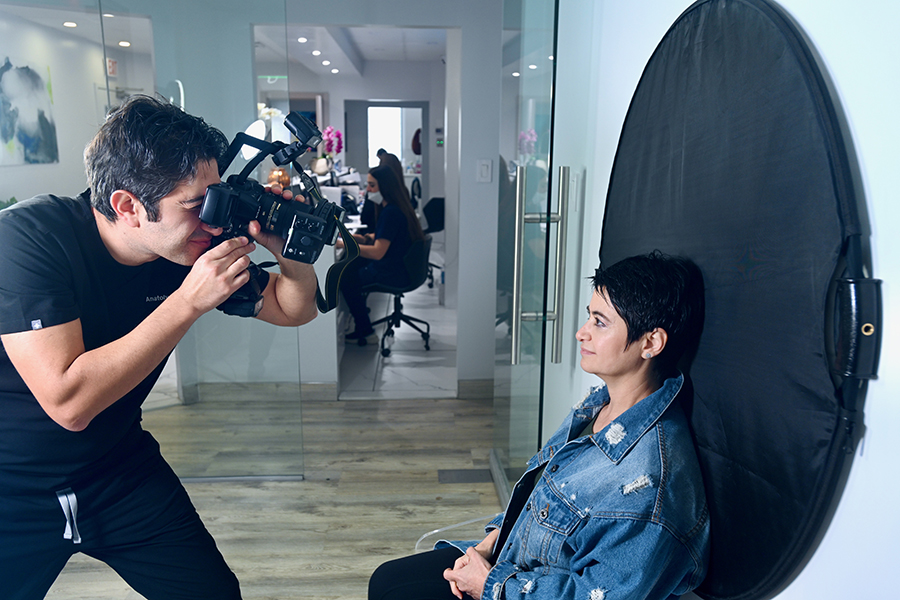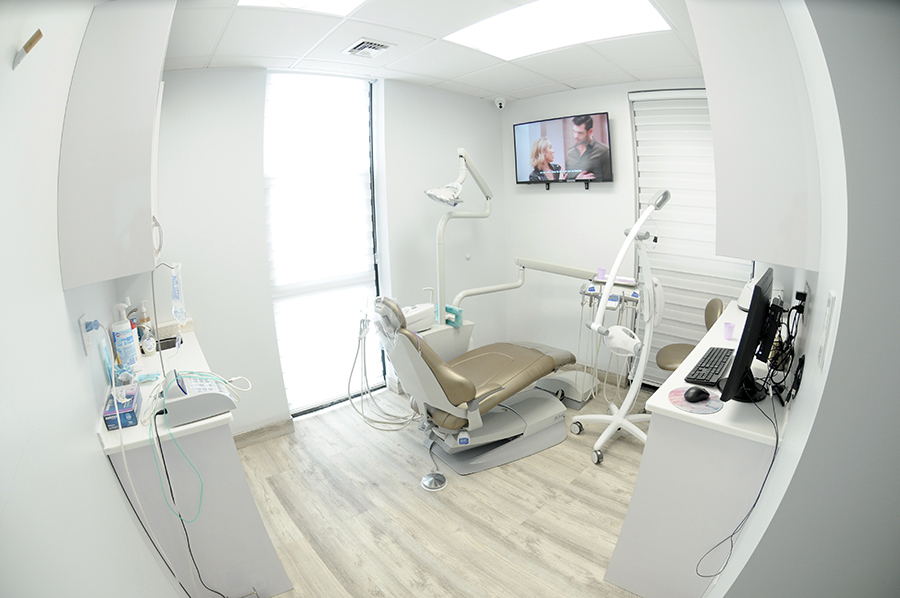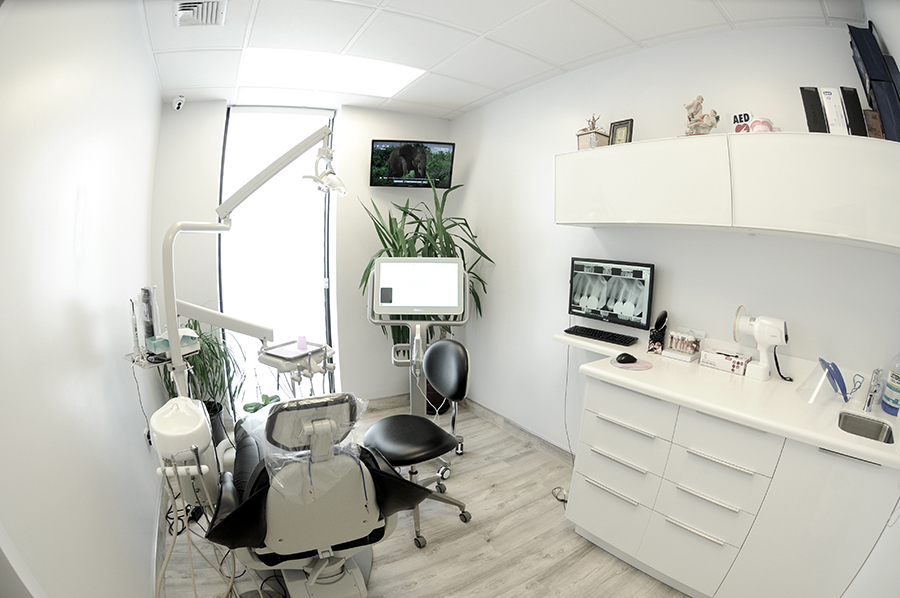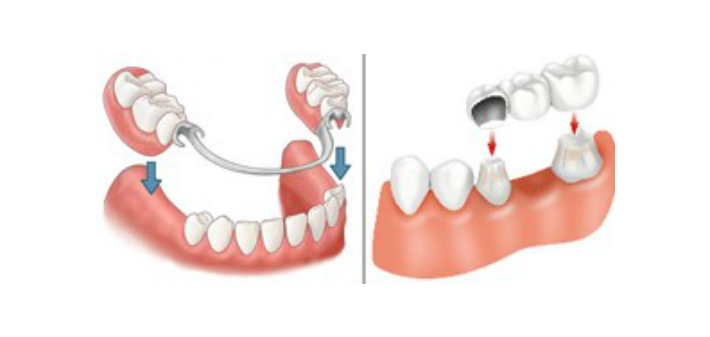
Removable Bridges
What are Removable Bridges?
A removable bridge is basically a denture that is made from acrylic resin. It is described as removable teeth replacement for missing teeth. There are various types of dentures, such as partial and full dentures. Dentures fills in the gaps caused by missing teeth – it also hinders the existing teeth from shifting position.
Are Removable Bridges a Good Solution for Me?
If you have lost all or some of your teeth, dentures may be a good alternative. Dentures can be installed on either bottom, top or both of your jaw. If you have some existing teeth, a partial denture is recommended. Dentures not only enhance the appearance of your facial structure (and smile) it improves the quality of your speech and your chewing ability.
Immediate dentures (or complete dentures) are installed immediately after the remaining teeth have been removed. This process involves taking measurements of your jaw and making models.
Immediate dentures are preferable because the patient doesn’t have to be without his/her teeth during the recovery phase. The only disadvantage is that gums can shrink during the healing process. As a result, a standard removable bridge will need to be created when the tissues have fully recovered. It can take 6 – 8 weeks to heal.
Another type of denture is known as an ‘overdenture’. This type of denture fits snugly over a small portion of remaining implants or natural teeth. The dentist will need to prepare the natural teeth in order to support and provide stability for the removable bridge.
How are Removable Bridges Made?
It takes an average of 1 month and 5 consecutive dental sessions to create a denture. During the first visit, a dentist will take an impression of your mouth along with a wax bite. The purpose of this process is to decide on the proper position of the jaw, and the vertical dimensions. Next, the doctor will place a try-in to make sure the color, fit and shape is created properly.
During the first few weeks of receiving your new dentures, it may feel kind of odd or even bulky. In time, your jaw will become used of it. In addition, removing and placing the dentures will take time.
Eating and Chewing with Your Dentures
Make sure you chew your food on both sides of your month – in order to keep the pressure of the denture even. At first, make sure you only eat soft foods that are sliced into tiny pieces.
Important Note: Avoid chewing gum or chewing on hard, sticky candy, such as peanut brittle.
Denture Adhesives
A denture adhesive is a great solution to provide extra support for dentures. Denture adhesives are temporary solutions and should not be a replacement for old, poorly fitted dentures. Dentures that are old or poorly fitted can actually irritate the gums and cause open sores. Sores can lead to infection. In the case of a poorly fitted denture, it should be replaced immediately. Additionally, if your dentures feel uncomfortable or loose, make sure you discuss this with your dentist.
Denture Adjustments
Make sure you consult with your dentist, right away, if your denture chips, breaks, cracks or fits improperly. Your dentist will more than likely repair or adjust your dentures to your level of comfort. However, if your dentures requires a more in-depth repair, your dentures will need to be sent out to a dental lab for repair.


